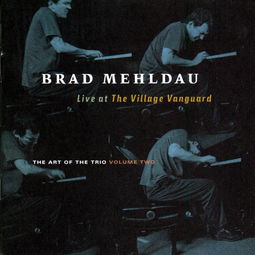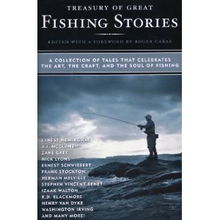Lure fishing has long been a popular method among anglers for its dynamic and exciting approach to catching fish. Using a lure rod, anglers can entice fish with a variety of artificial baits, making the sport both challenging and rewarding. Whether you're a seasoned angler or a beginner looking to expand your fishing repertoire, mastering the techniques of lure fishing can significantly enhance your success on the water. In this article, we'll delve into the essential tips and tricks for using a lure rod to fish effectively.
Understanding Lure Rods
Before we dive into the techniques, it's important to understand the basics of lure rods. Lure rods are designed to cast lightweight lures and are typically lighter and more flexible than other types of fishing rods. They come in various lengths and actions, which are tailored to different fishing scenarios and species of fish.

- Length: Lure rods range from 6 to 14 feet in length. Longer rods are better for casting over long distances, while shorter rods are more maneuverable in tight spaces.
- Action: The action of a rod refers to how it bends when pressure is applied. Fast-action rods are more sensitive and ideal for casting and retrieving lures quickly, while slow-action rods are more forgiving and better for presenting lures gently.
- Power: The power of a rod determines how much pressure you can apply to a fish. Light-power rods are suitable for smaller fish, while heavy-power rods are needed for larger species.
Choosing the Right Lure
The type of lure you choose will depend on the fish you're targeting and the conditions you're fishing in. Here are some common types of lures and their uses:
- Spinnerbaits: Effective for bass, panfish, and pike, spinnerbaits mimic the movement of insects and small fish.
- Cranks: These lures dive and mimic the swimming action of fish, making them versatile for various species.
- Jigs: Jigs are great for targeting bottom-dwelling fish like walleye and bass. They come in various shapes and sizes, often with a weight attached to create a wobble or flutter.
- Topwaters: Topwater lures are designed to float on the surface and create a disturbance that attracts fish. They're excellent for bass and panfish.
Essential Lure Fishing Techniques
- Casting: Practice your casting technique to ensure you can reach your desired spots with precision. Pay attention to your grip, stance, and the timing of your cast.
- Retrieving: The way you retrieve your lure can make or break your fishing success. Vary your retrieve speed and technique to mimic the natural movement of prey.
- Timing: Learn to read the water and the fish's behavior. Timing your lure presentation can make the difference between a bite and a miss.
- Presenting the Lure: The way you present your lure can be as important as the lure itself. Experiment with different retrieves, such as the stop-and-go technique or the erratic twitch, to see what works best.
- Reading the Water: Observe the water's surface for signs of fish activity, such as ripples, boils, or surface disturbance. These can indicate the presence of fish and where they might be located.
- Adjusting to Conditions: Be prepared to adapt your technique based on weather, water temperature, and other environmental factors that can affect fish behavior.
Safety and Etiquette
Always prioritize safety and good angling etiquette when using a lure rod:
- Check Your Gear: Ensure your tackle is in good condition before heading out. Replace any worn-out lures or broken lines.
- Respect the Environment: Keep the area clean and dispose of trash properly. Be mindful of other anglers and wildlife.
- Handle Fish Carefully: Use proper fish handling techniques to minimize stress and injury to the fish. If you're releasing fish, make sure they're able to swim away quickly and safely.
In conclusion, mastering the art of lure fishing with a rod requires practice, patience, and a keen understanding of the techniques and the fish you're targeting. By focusing on casting, retrieving, timing, and presenting your lure effectively, you'll be well on your way to becoming a skilled lure fisherman. Remember to always prioritize safety and respect the environment, and you'll enjoy a rewarding and sustainable fishing experience.












